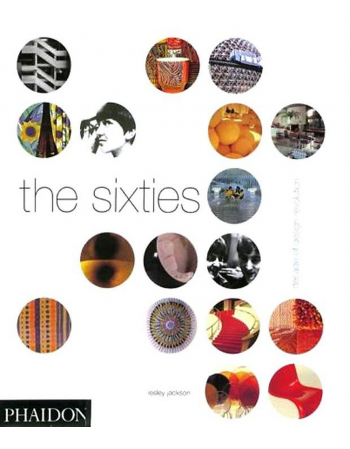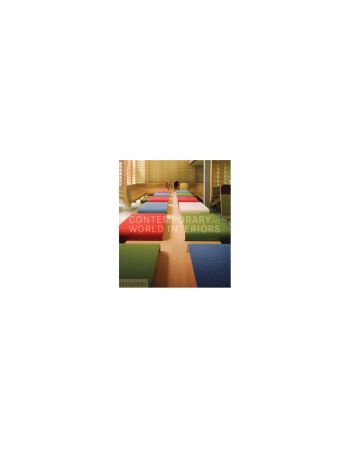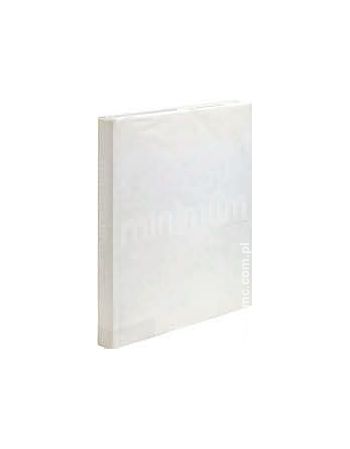Sixties
Dostępność: na zamówienie Design in the 1960s represented energy and fun: it was dynamic, cheap and cheerful and it prompted a consumer 'youthquake' revolution. Op Art fabrics, plastic chairs, inflatable houses, mini skirts, paper furniture, pop glass and psychedelic posters were all part of the design phenomenon. When Mary Quant launched 'the look' with her range of ready-to-wear fashions in the early 1960s, its style, like the Habitat interior look launched shortly afterwards, was immediately appropriated by the trendy younger generation.



